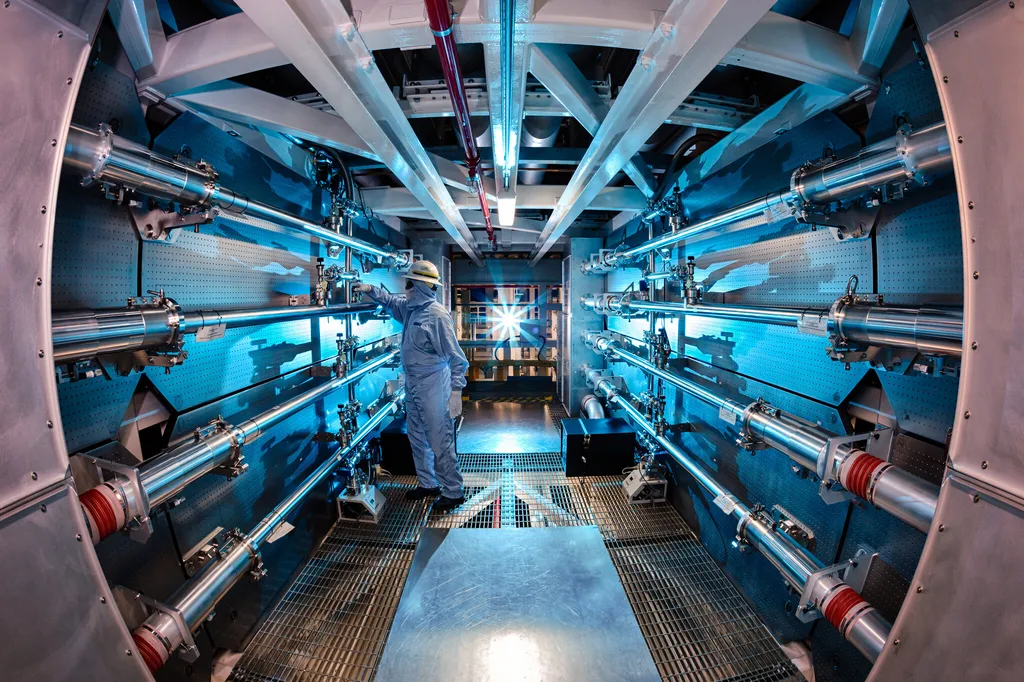In a breakthrough that could reshape the energy sector, researchers have uncovered new insights into the thermal spin transport phenomena in metallic bilayers, paving the way for innovative spin caloritronic applications. The study, led by Panagiota Bougiatioti from the Faculty of Physics at Bielefeld University in Germany, delves into the intricate dance between thermal and magnetic properties in materials, offering a glimpse into future technologies that could harness waste heat for energy.
The research, published in the journal *Science and Technology of Advanced Materials* (translated as *Advanced Materials Science and Technology*), focuses on the spin Seebeck effect and the anomalous Nernst effect in sputter-deposited Pt/CoFe and Pt/NiFe bilayers. These effects are crucial for understanding how heat can be converted into electrical energy, a process that could revolutionize energy efficiency in various industries.
Bougiatioti and her team quantitatively separated the voltages generated by the spin Seebeck effect from those arising from the anomalous Nernst effect in both the ferromagnetic metal and the spin-polarized platinum layer. “We found a strong dependence of these effects on the composition and magnetic moments of the materials,” Bougiatioti explained. “This dependence is key to optimizing the performance of spin caloritronic devices.”
The study reveals that the coefficients of these effects increase or decrease with the magnetic moments of the materials, providing a roadmap for designing more efficient energy conversion systems. “Our work provides quantitative spin Seebeck coefficients in metals and thermal spin transport coefficients in nominally non-magnetic materials like platinum,” Bougiatioti added. “This is foundational for future spin caloritronic applications.”
The implications for the energy sector are profound. By understanding and controlling these thermal spin transport phenomena, engineers could develop devices that convert waste heat from industrial processes into usable electricity. This could significantly improve energy efficiency and reduce carbon emissions, aligning with global efforts to combat climate change.
Moreover, the research highlights the potential of magnetic proximity effects, where the magnetic properties of one material influence another. This could lead to the development of new materials with tailored magnetic and thermal properties, further expanding the possibilities for energy conversion technologies.
As the world seeks sustainable and efficient energy solutions, this research offers a promising avenue for innovation. By bridging the gap between fundamental science and practical applications, Bougiatioti’s work could inspire a new generation of energy technologies that harness the power of heat in unprecedented ways. The findings not only advance our understanding of thermal spin transport but also open doors to a future where waste heat is no longer wasted but transformed into valuable energy resources.

